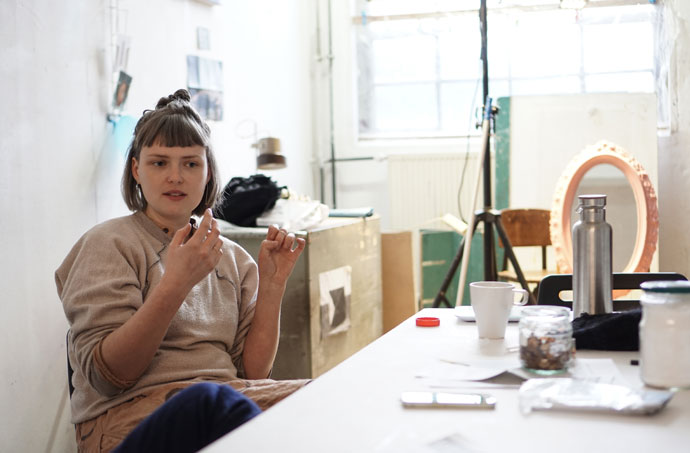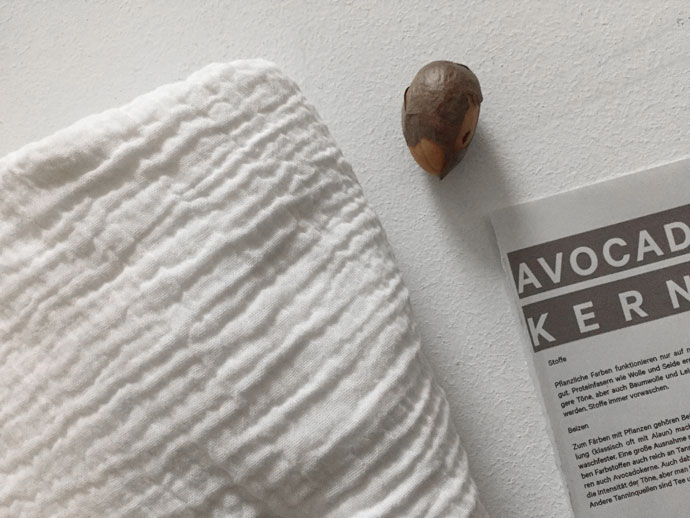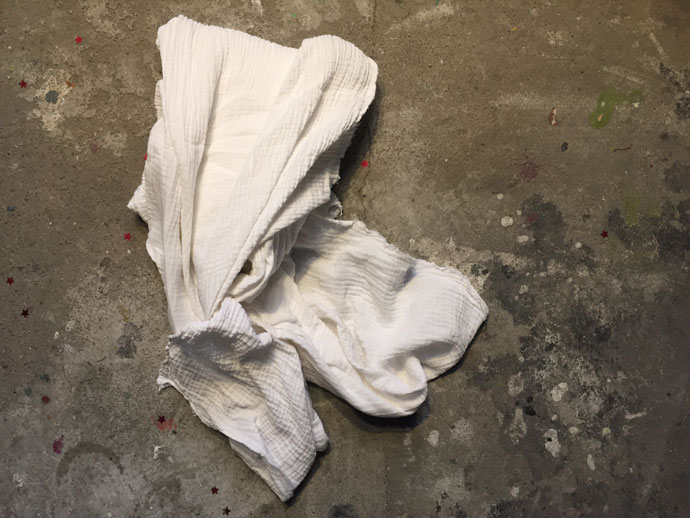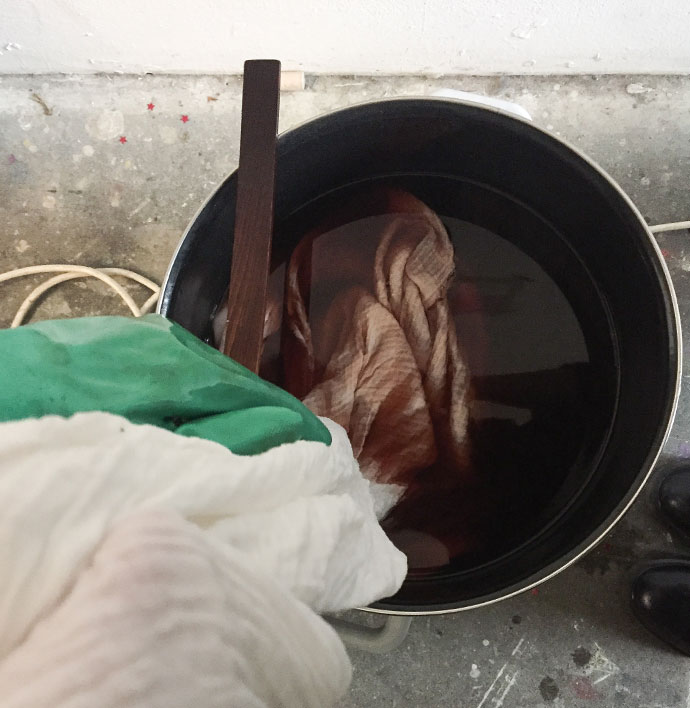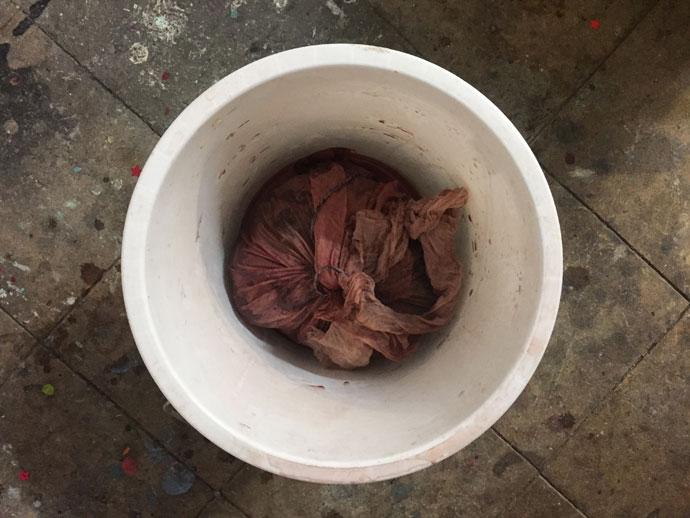- Invite enough friends who have the same size so everyone can share
- Everyone can bring 5-10 pieces they are not wearing anymore, that are in good shape. Be ready to really part with those, so you enjoy giving them a new life with your friend. Everyone should clean these clothes before bringing them. To stop clothes hogging why not set some rules of how many items everyone can take, e.g. as many items as they brought in.
- Choose a location that allows for you to try on your clothes and show them off before your friends – that’s the fun part of it! At home you will have the most privacy. Ask people to bring snacks, drinks and their favourite tunes – this always makes the clothes swapping party even more fun!
- When people arrive, show them where to place their clothes. It’s most efficient to divide the clothes according to categories: shoes, accessories, shirts, pants, skirts, dresses, etc. Make sure all items are in place before you start swapping – this will minimise the chaos. Don’t forget a big mirror so people can check out their new outfits.
- If you choose a public space like a community centre or a park, you could bring some washing ropes and cloth to improvise a changing booth. If you want to go big, check out our ideas for throwing a public clothes swapping party here.
- One, two, three – go! Let your clotheswappers loose! Dig for treasures, try things on and go for a whole new look!
- All leftovers should be donated to a trusted charity shop, that ideally resells the clothes within your home country or even town. Plan this journey to the charity shop at the end and do it together, so you are not left with piles of unwanted clothes as the host.
- How often should you swap? Experience shows that if you meet regularly like once a month, it can be worth bringing some of your better clothes and swap them for temporary use as well. This would enhance your fashion options greatly, but relies on a stronger commitment from all of you to be a regular.
Watch this video (German)















